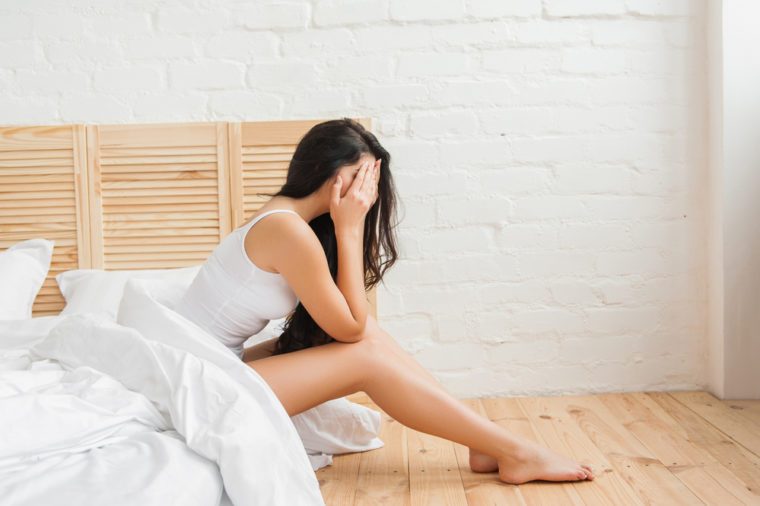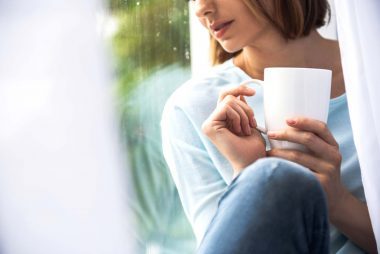
When a life event triggers the use of antidepressants, the question that inevitably follows is “How soon can I stop taking these?”
While there is no one size fits all answer, the clear consensus from those on the other side of the prescription pad is to proceed with caution. Apart from paying attention to your own eating, exercise, and sleep patterns, there are self-assessment tools you can use prior to broaching the conversation with your doctor. Find out the 8 hidden signs that you might be depressed.
Has depression truly lifted?
Lauren M. Osborne, MD, an assistant professor of Psychiatry and Behavioral Sciences for John Hopkins Medicine, cites the Beck Depression Inventory, a 21-question assessment she also uses in her own practice. But she also cautions that while useful, the tool is not a one-stop, complete evaluation.
A mental health professional will have to make a thorough diagnosis based on clinical criteria, says Dr. Osborne. “I do these screens periodically during treatment, and the changing scores inform my evaluation of how the patient is recovering. When the patient feels better and the appropriate amount of time has elapsed, I will repeat the exercise before weaning medication.”
What’s the risk of recurrence?
“Antidepressants are not a medication you can just stop,” says Renee Binder, MD, a past president of the American Psychiatric Association and Professor of Psychiatry, University of California, San Francisco School of Medicine. “Whether and how you get off antidepressants is a decision best made between you and your doctor. Depression is a biological brain disorder. It has nothing to do with a weakness of character.”
“Depression has a habit of recurring,” Dr. Binder points out. “If this is a patient’s only episode of depression, there is still a 50 percent chance of recurrence.”
The optimal outcome is symptom remission. In this scenario, there are proven methods for weaning from medication safely, and with minimal side effects. Here are the things you should never say to someone with depression.
Do you have support?
“Once a patient feels that his or her symptoms have lifted, it becomes a question of what the support system looks like,” Dr. Osborne says. “A frank dialogue with your physician should include a conversation about family support, social support, access to resources should any symptoms return, and provided it makes sense at that time, a regimen to wean safely from the medication.”
While the time to begin that conversation is as soon as you feel ready, be prepared for a conservative process—at least six months. One reason not to stop abruptly is that stopping cold turkey can lead to “discontinuation syndrome.”
“The symptoms can be flu-like, including headaches, body aches, and nausea, as well as neurological symptoms like tingling in the fingers and sensations of shocks going through the body,” Dr. Binder says. “By stopping it very slowly and gradually, the patient is less likely to experience severe withdrawal symptoms, and the physician can clearly distinguish between weaning related symptoms and any potential recurrence of depression.”
It’s an individual process
“Weaning off antidepressants is all so variable to both the type of drug used and individual to whom it’s prescribed,” Dr. Osborne explains. “Some have a short half-life and are gone from the body very quickly, whereas others stay in the system a long time. The safest route is to talk with your doctor who can say, ‘Knowing what I know about you and this drug, here is the schedule I would recommend.'”
While there is no evidence of long-term harm associated with the use of antidepressants, Dr. Binder acknowledges the importance of only taking medication when it is truly needed.
“When the patient begins to feel better, it’s an ideal time to start that conversation,” Dr. Binder says. One key is to plan the process when you there are no major life changes on the horizon, she warns. “If you are anticipating a new job, getting married, or experiencing an otherwise stressful life event (even good stress!), it’s wise to wait until a less stressful time.” Next, find out the 14 most dangerous misconceptions about depression.
The post Can You Ever Stop Taking Antidepressants? appeared first on Reader's Digest.
from Reader's Digest http://bit.ly/2OmpbhG
Can You Ever Stop Taking Antidepressants? Reader's Digest




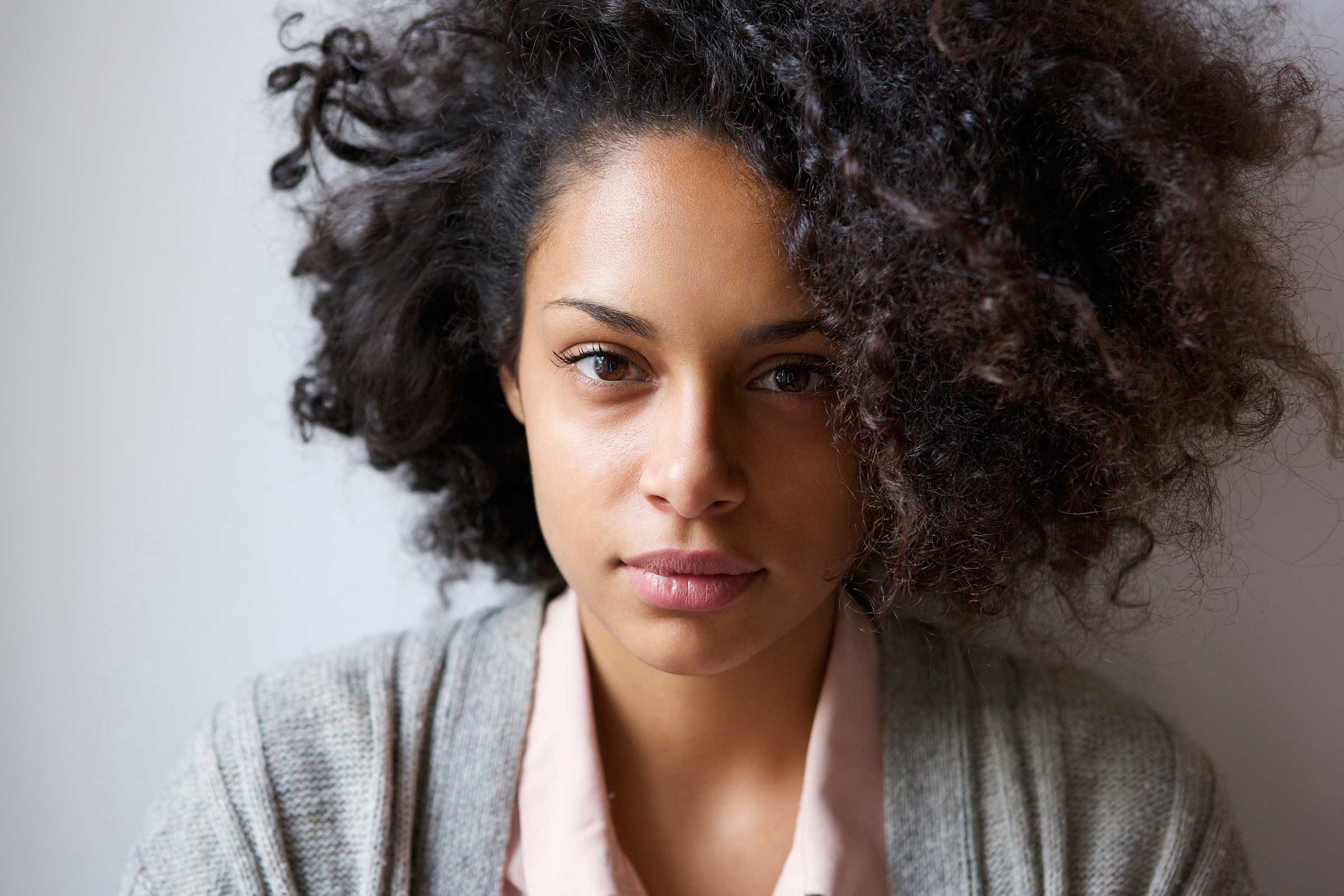
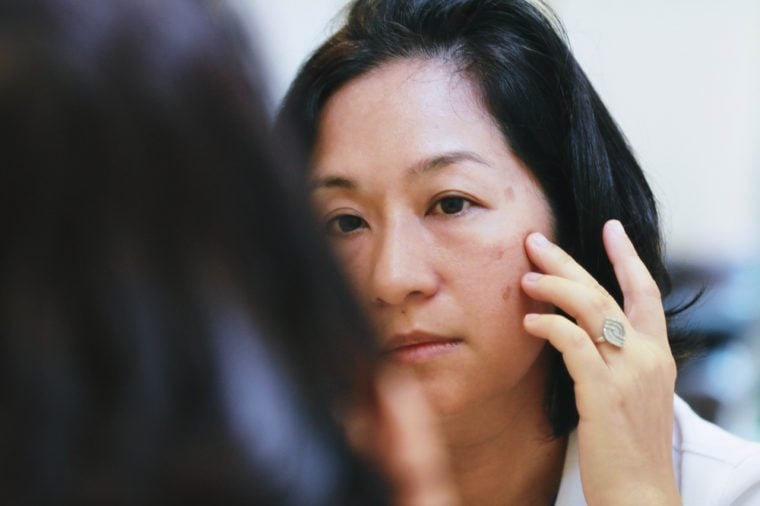 Acne is the most common skin disorder—
Acne is the most common skin disorder—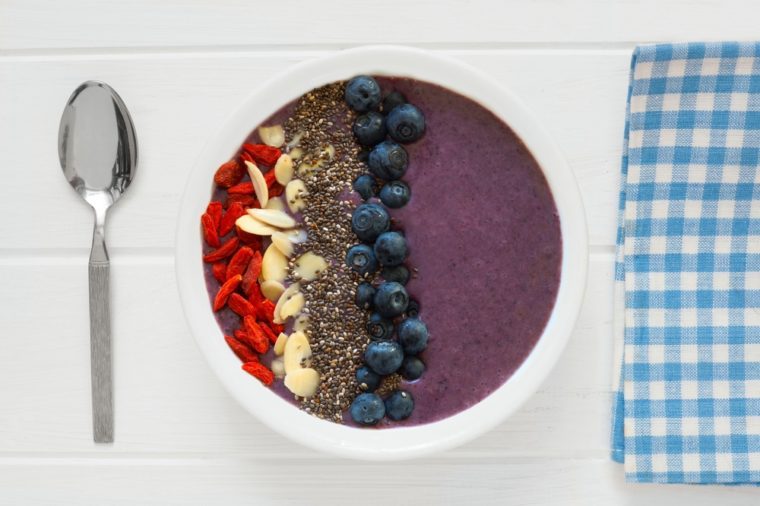 How to make: Blend frozen bananas and frozen blueberries with no-sugar-added almond butter and a little unsweetened coconut milk. Pour the mixture into a bowl; top with chia seeds and fresh blueberries. It’s a tart-sweet combo with a hint of nuttiness that’s better than any smoothie you’d pick up from the neighborhood coffee store.
How to make: Blend frozen bananas and frozen blueberries with no-sugar-added almond butter and a little unsweetened coconut milk. Pour the mixture into a bowl; top with chia seeds and fresh blueberries. It’s a tart-sweet combo with a hint of nuttiness that’s better than any smoothie you’d pick up from the neighborhood coffee store. Deep forehead wrinkles might be an early indicator of
Deep forehead wrinkles might be an early indicator of 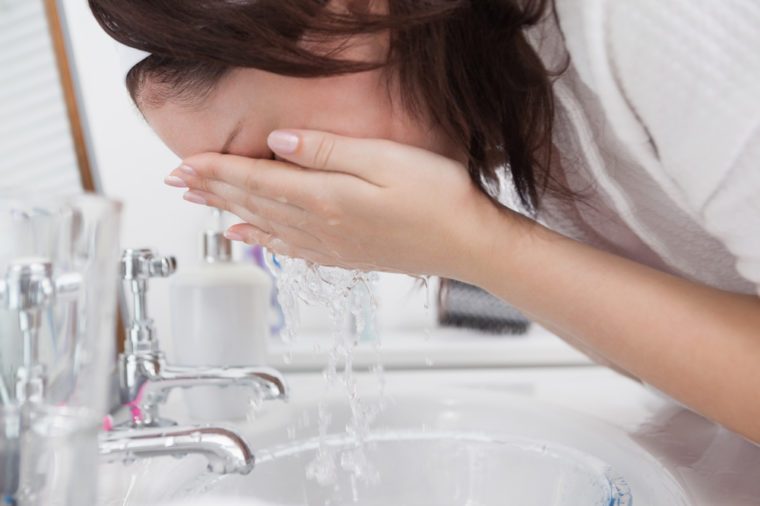 At-home chemical peels to improve your skin may seem like a great way to save time and money, but they can permanently harm skin. “That’s the number-one problem we’re seeing right now,” says
At-home chemical peels to improve your skin may seem like a great way to save time and money, but they can permanently harm skin. “That’s the number-one problem we’re seeing right now,” says 